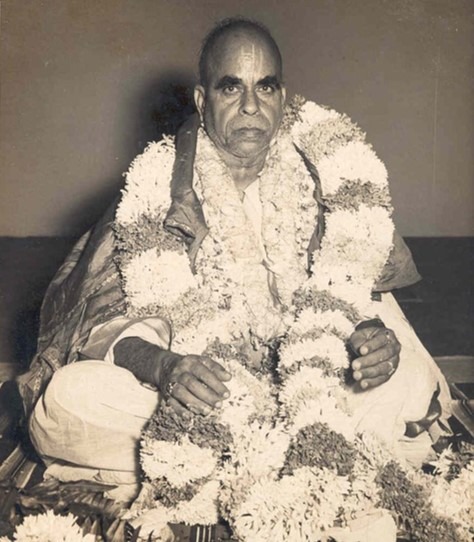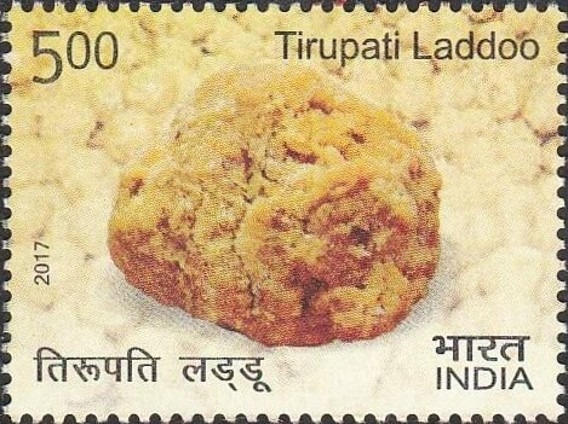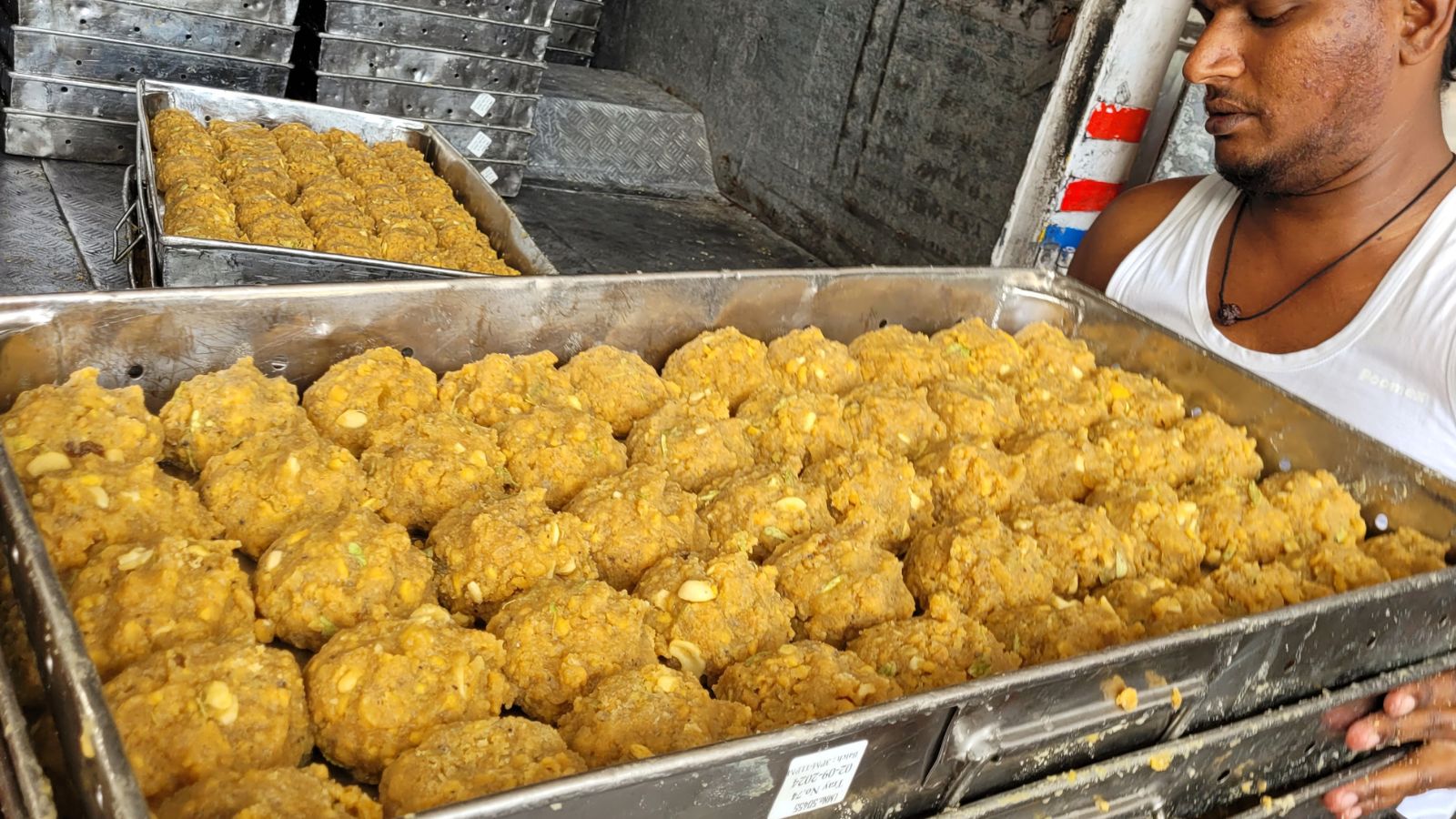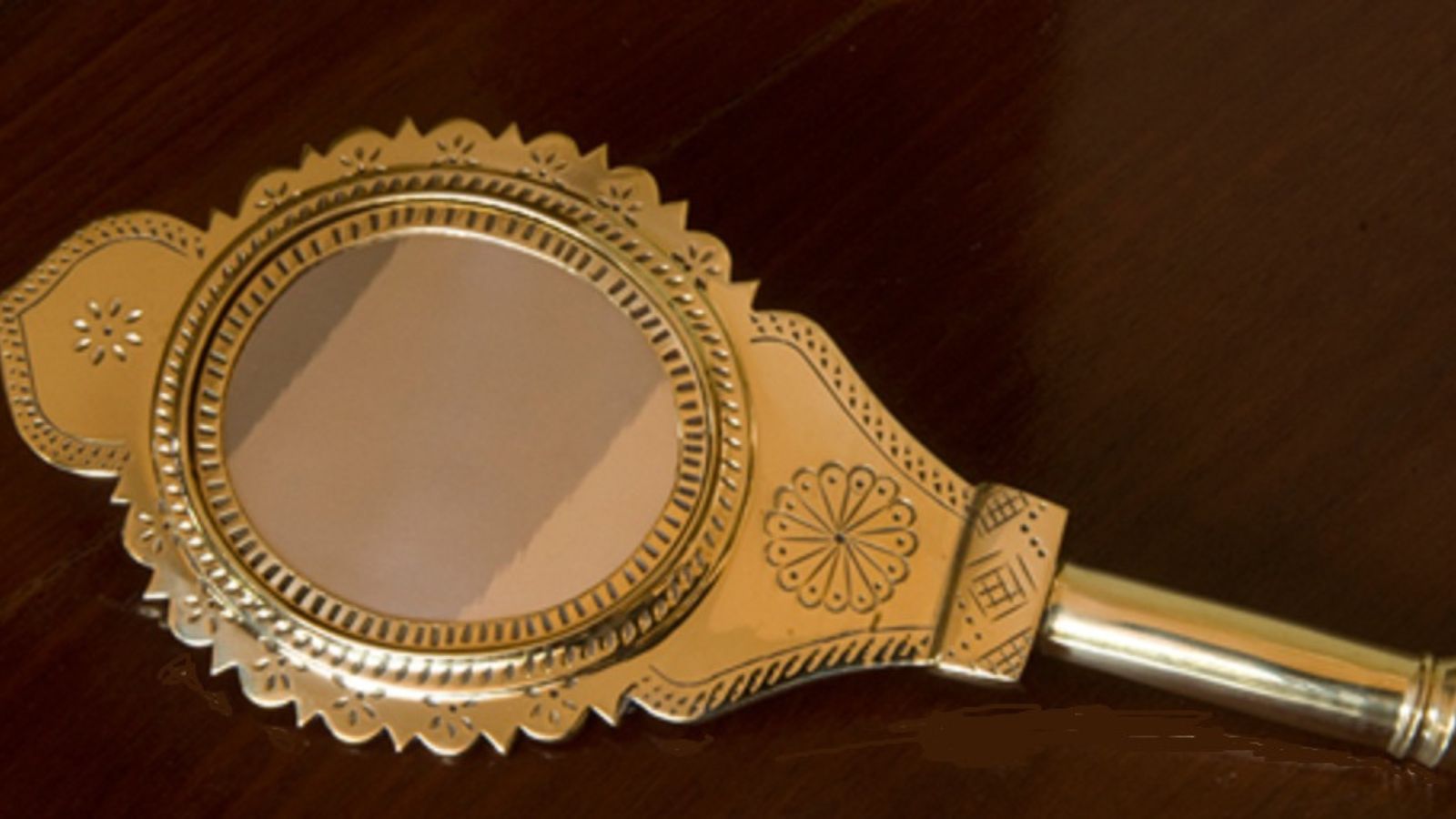A visit to Tirumala for the darshan of Lord Venkateswara feels incomplete without bringing home the iconic prasadam, the ‘Tirupati Laddu.’ This treasured offering holds a special place in the hearts of countless devotees.
The tradition of offering sweets as naivedyam (food offering) to Lord Venkateswara has been practiced for centuries. The earliest documented instance of the laddu prasadam can be traced to August 2, 1715. The laddu, as we recognize it today, was officially introduced in 1940 after several iterations. Before this, a similar sweet called manoharam, was distributed to devotees.
Kalyanam Iyengar – The Visionary Behind the Laddu
Kalyanam Iyengar, often regarded as the ‘Architect of the Laddu Empire,’ was instrumental in making the Tirupati Laddu synonymous with the temple. As a mastermind behind the laddu, he had a large team of people dedicated to producing these divine offerings.

Originally named Srinivasa Raghavan, he was given the name Kalyanam Iyengar by the eminent statesman Rajaji, in recognition of his philanthropic acts such as donating mangala sutras and clothes to the needy. Beyond his culinary and philanthropic contributions, Iyengar was also a patron of the arts. He introduced music and dance festivals in Tirumala, a tradition that continues to this day.
Kalyanam Iyengar and the Evolution of the Mirasidari System
Kalyanam Iyengar played a pivotal role in refining the laddu recipe and establishing the Mirasidari System, which initially managed the preparation and distribution of the laddus. The temple’s dedicated cooks, known as Gamekar Mirasidars, were responsible for making the laddus. Under the Mirasidari System, the Mirasis were entitled to approximately 20% of the laddus from each batch. This system was abolished in 2001 following a Supreme Court ruling, ending the hereditary rights in preparing offerings and allowing for greater oversight by the Tirumala Tirupati Devasthanams (TTD).
A Unique and Evolving Recipe
The recipe for the laddu has evolved over time, enhancing both its flavor and shelf life. Originally composed of boondi (small fried gram flour balls) mixed with jaggery, it has been enriched with cardamom, cashews, sugar candy, and raisins. This unique blend of ingredients creates a distinctive taste that is exclusive to the Temple.
Types of Laddu
The temple kitchen, known as potu, produces three types of laddus: Asthanam, Kalyanotsavam, and Proktham. Asthanam laddus—made with saffron strands, cashews, and almonds—are prepared only special occasions such as festivals. Kalyanotsavam laddus are larger and meant for those participating in the Kalyanotsavam Seva, while Proktham laddus are the standard offerings distributed to pilgrims.
The Sanctity and Reverence
For a devotee, receiving the Tirupati Laddu feels like a spiritual blessing. To meet the growing demand, the TTD has established state-of-the-art kitchens capable of producing several lakh laddus daily. The production process, meticulously overseen by temple priests and TTD officials, ensures that the laddu’s quality and sanctity are preserved. The weight and ingredients of each laddu are carefully monitored, adhering to strict guidelines to preserve its sacredness.

Global Recognition and Fame
The Tirupati Laddu received the prestigious Geographical Indication (GI) tag in 2009, highlighting its unique status and authenticity. The GI tag also protects the laddu’s name from being misused by others.
Such is the popularity of the Laddu that devotees often queue for hours to purchase it. In 2017, India Post honored the Tirupati Laddu with a commemorative postal, further strengthening its significance.
Credits/Source: Kalyanam Iyengar’s pic – S V Badri, grandson of Kalyanam Iyengar



